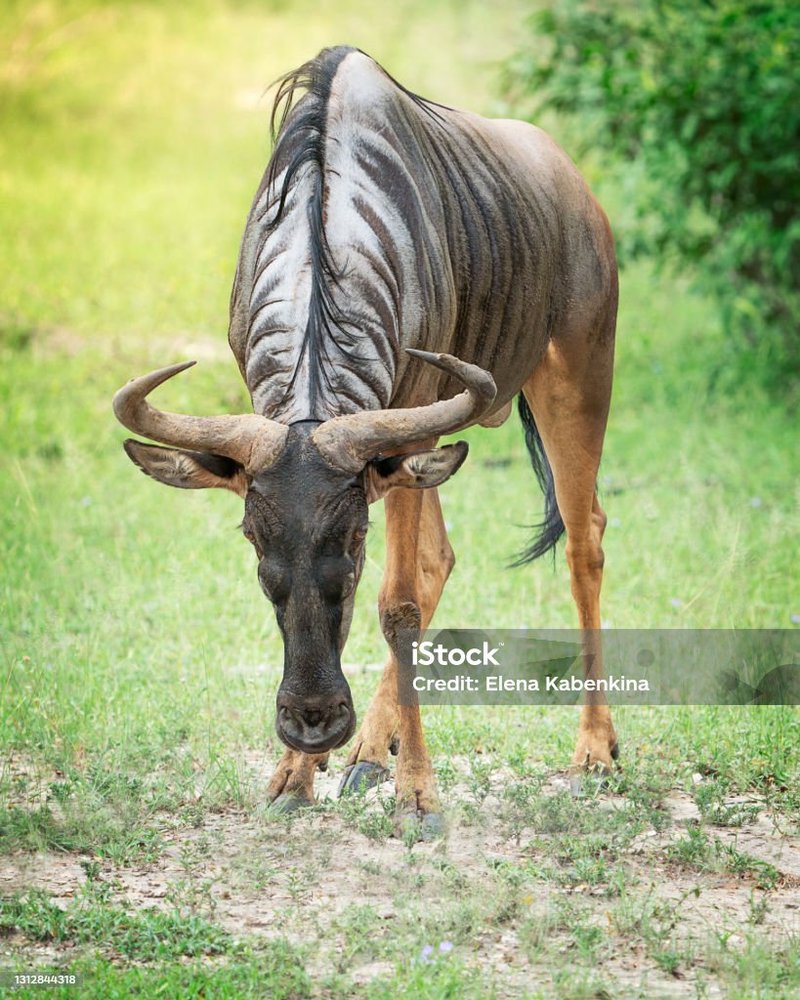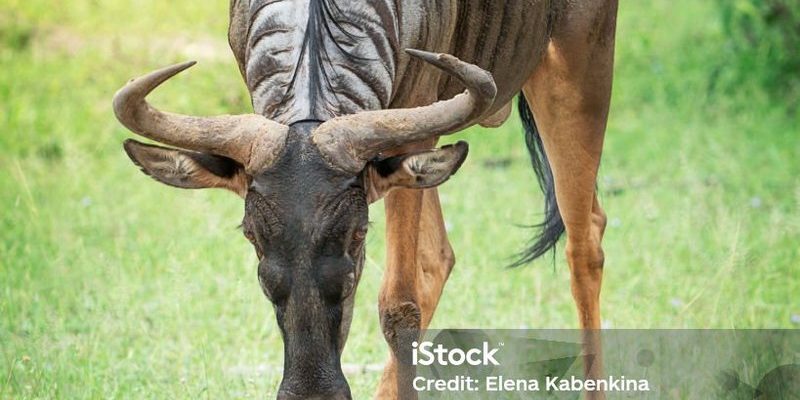
So, can a gnu be dangerous to us? Honestly, it’s not a straightforward yes or no. While they’re not known for being aggressive toward humans, certain situations can turn them from mild-mannered grazers to formidable opponents. Let’s take a closer look at the circumstances that might lead to a gnu displaying aggression and what you should consider if you ever find yourself near one.
What Is a Gnu?
Before we dive into the potential danger of gnus, it’s essential to know what they are. Gnues, or wildebeests, belong to the antelope family and are most commonly found in Africa. You might recognize them for their distinctive appearance: a large, barrel-shaped body, a broad head, and curved horns. They have two primary species, the black wildebeest and the blue wildebeest, each with its own unique traits.
These animals are social creatures, often moving in herds that can number in the thousands during migration. Picture a massive sea of gnus moving together across the plains, a sight that is pretty astonishing. Their diet mainly consists of grass, and they play a crucial role in the ecosystem by helping maintain the balance of vegetation in their habitat.
Gnu Behavior: Understanding Their Nature
So, what makes gnus tick? Understanding their behavior is key to answering whether they can be dangerous. Generally, gnus are skittish animals. They tend to flee at the first sign of danger, much like how you might jump back if something suddenly startled you. However, this doesn’t mean they’re entirely harmless.
When gnus feel threatened—especially when they’re cornered or protecting their young—they can become aggressive. Their primary defense mechanism is to stand their ground and use their impressive horns if necessary. Just imagine a frustrated bull ready to charge; that’s a gnu when it’s backed into a corner.
It’s also worth noting that during mating season, males can be particularly aggressive. They’ll fight off other males to protect their territory and females, which can lead to intense confrontations. So, while gnus aren’t out looking for a fight, they can certainly hold their own when pushed.
Can Gnus Attack Humans?
You might be wondering, “Can gnus really pose a threat to humans?” The short answer is yes, but it’s not common. Most encounters between humans and gnus do not end in attacks. However, there are a few scenarios where things could escalate.
For instance, if a person gets too close to a gnu calf, the mother is likely to become protective, viewing the human as a threat. In such a case, the gnu may charge to defend her young. Also, if a human stumbles upon an injured or cornered gnu, the animal might react defensively.
The good news is that gnus are not naturally aggressive towards humans unless provoked. Most wildlife enthusiasts and tourists can safely observe these animals from a distance without any issues. Just remember to respect their space and avoid any actions that might cause them to feel threatened.
What to Do If You Encounter a Gnu
If you find yourself in the presence of a gnu, how should you act? First and foremost, stay calm. Here are some tips to help you navigate a potential encounter safely:
- Keep your distance: Always observe from a respectable distance. Gnus are most comfortable when they can see you are not a threat.
- Don’t approach: Resist the urge to get closer for a better photo. Keeping your distance is crucial.
- Be aware of your surroundings: Look for signs of aggression, such as snorting or pawing at the ground. If you see these behaviors, it’s time to slowly back away.
Just imagine walking in a beautiful national park and stumbling onto a herd of gnus. You’d want to admire their beauty, but remember that your safety comes first.
The Role of Gnus in Their Ecosystem
Understanding the role of gnus in their ecosystem can further highlight why it’s essential to protect them. These animals not only serve as prey for predators like lions and hyenas but also contribute to the health of their environment. As they graze, gnus help manage the grass and stimulate new growth, which benefits other species in the area.
Furthermore, during migration, gnus create paths through the savanna, making it easier for other animals to navigate. It’s like a natural highway that supports the whole ecosystem. Protecting their populations is vital not just for their survival, but for the balance of their habitat too.
So, can the gnu be dangerous to humans? Yes, under specific circumstances, but they’re generally peaceful creatures that contribute richly to their environments. The key is understanding their behavior and respecting their space. Always take care to appreciate them from a distance, and you can safely enjoy the beauty of these iconic animals.
Next time you find yourself dreaming of a wildlife adventure, keep the gnu in mind as a fascinating part of the ecosystem, and let your curiosity lead you to explore more about these unique creatures.

